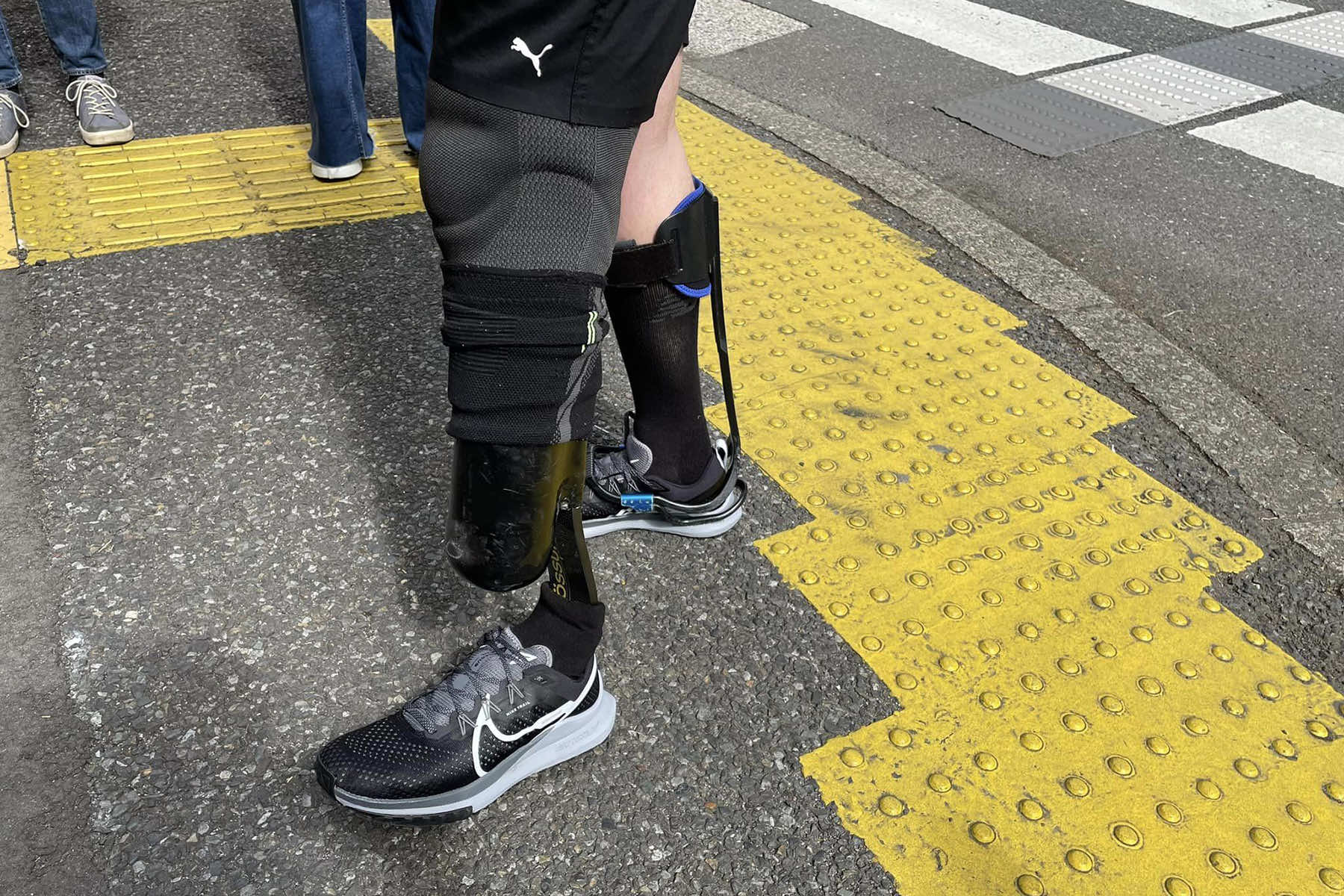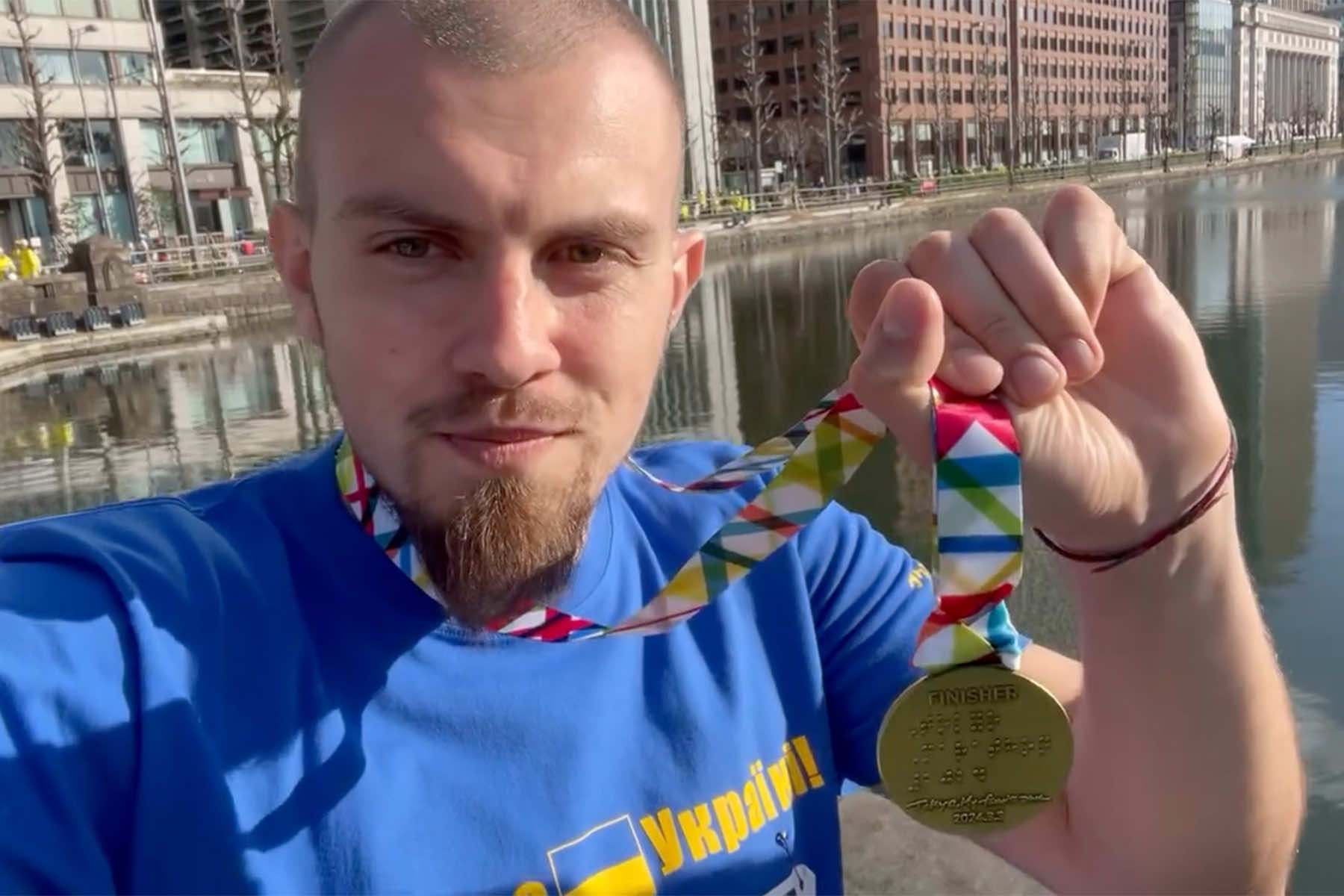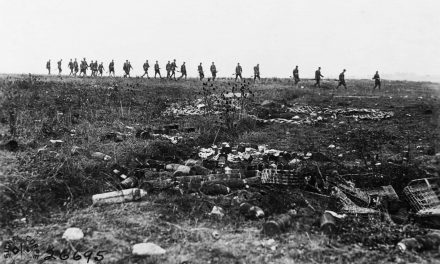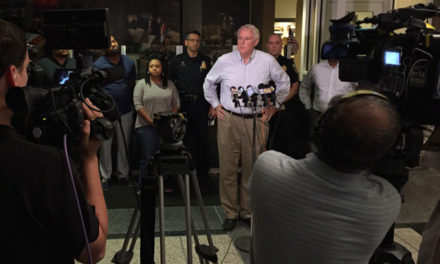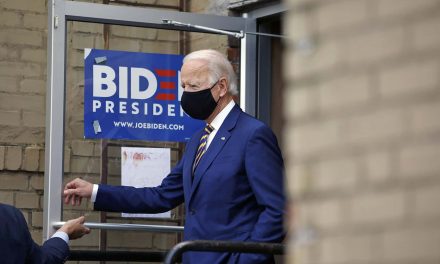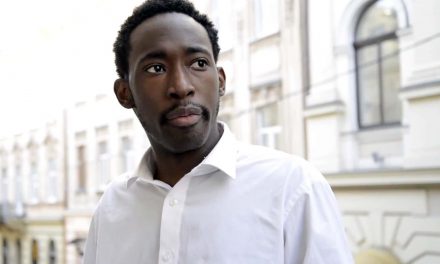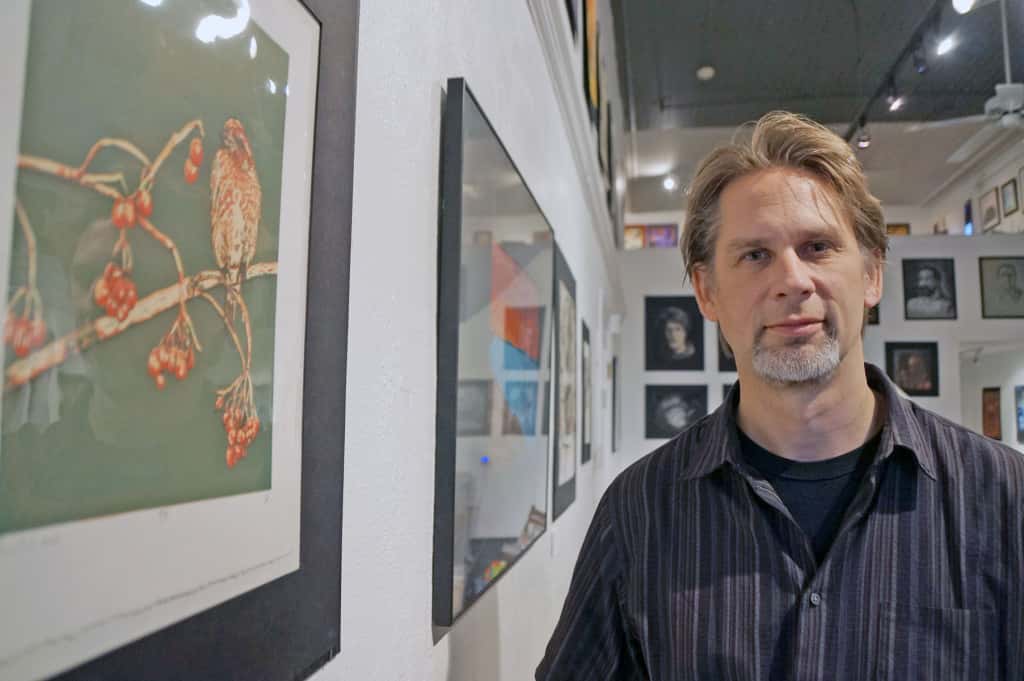
In an inspiring demonstration of courage, Ukrainian war veteran Roman Kashpur once again captivated the world by completing the 2024 Tokyo Marathon on March 3, despite running with a prosthetic leg.
He was the first wounded Ukrainian veteran to finish the full marathon distance in Tokyo, and Kashpur hopes he will not be the last.
Kashpur, who lost his leg in combat while defending Ukraine, has been running marathons to inspire other wounded veterans. He also hopes to keep a spotlight on Russia’s ambitions to seize his homeland, and the suffering it has caused since Putin launched an unprovoked full-scale invasion in 2022.
Kashpur volunteered to fight for his country at 19 years old, two years after Russia’s illegal annexation of Crimea. At 22 he faced a life-altering event, when a landmine exploded during his 2019 deployment near Marinka in Donetsk Oblast. Part of his leg was lost as a result of the blast.
Instead of succumbing to despair, Kashpur found solace and a new purpose in sports, channeling his energy into becoming an exemplary figure of determination and strength. Although he had not previously been interested in sports, Kashpur began running after his injury with the hope that the exercise would improve his mobility.
Less than a year after his amputation, Kashpur emerged victorious at the Heroes Games, an event that celebrates the spirit of wounded veterans. His remarkable accomplishments did not stop there. In December 2021, he set a national record by pulling a 16-tonne An-26 aircraft over a distance of 6.4 meters in just 44 seconds. He was honored for his extraordinary physical and mental fortitude.
Participating in the 2024 Tokyo Marathon marked a significant milestone in Kashpur’s journey. He was both competing as an athlete and showcasing the effectiveness of his training and rehabilitation.
He finished the marathon in under 5 hours, a personal best for Kashpur. He celebrated the milestone on social media, and dedicated his accomplishment to fellow wounded Ukrainian veterans.
“Tokyo Marathon 2024 – Mission accomplished. This is the third marathon in the TOP 6. This is the vector that had to show whether we were doing everything right. The time is better than in all previous marathons – 4 hours and 50 minutes. This time proves we did everything right.” – Roman Kashpur
Kashpur’s participation in the Tokyo Marathon surpassed his personal goals. It sent a powerful message of resilience and hope to other injured soldiers in Ukraine, urging them to rediscover their purpose and continue fighting their battles, both personally and collectively.
The Tokyo Marathon, a prestigious event in the World Marathon Majors series, became a platform for Kashpur to advocate for the rehabilitation of injured veterans through sports.
Kashpur’s marathon run was part of a larger narrative in his ongoing commitment to supporting fellow veterans. The ultimate aim is to raise awareness and funds for the rehabilitation of wounded Ukrainian soldiers, highlighting the daily challenges faced by soldiers on the front lines, and the therapeutic benefits of physical activity in their recovery process.
Along the entire length of the Marathon’s course, spectators cheered him on in Ukrainian by saying, “Glory to Ukraine.”
His decision to carry the flag of his military unit – signed by Valerii Zaluzhnyi, the Commander-in-Chief of the Armed Forces of Ukraine, during these marathons was a powerful symbol of solidarity.
“The goal of this challenge remains the same … to motivate seriously injured brothers and sisters. I want to show that life goes on no matter what. I also have a huge chance to help the seriously injured not only by my example but also by tangible support. During my marathons in the U.S., I will raise funds for the Citizen Charity Foundation for them to purchase prosthetics for a fighter with the call sign ‘Malyi’ who needs a prosthetic upper limb.” – Roman Kashpur
Kashpur’s initiative to raise funds for prosthetics for fellow veterans also underscored his dedication to supporting the rehabilitation of injured soldiers.
As Kashpur continues to prepare for future marathons, his journey remains a powerful reminder that the potential for triumph over tragedy extends far beyond the finish lines he crosses.
3.11 Exploring Fukushima
- Journey to Japan: A photojournalist’s diary from the ruins of Tōhoku 13 years later
- Timeline of Tragedy: A look back at the long struggle since Fukushima's 2011 triple disaster
- New Year's Aftershock: Memories of Fukushima fuels concern for recovery in Noto Peninsula
- Lessons for future generations: Memorial Museum in Futaba marks 13 years since 3.11 Disaster
- In Silence and Solidarity: Japan Remembers the thousands lost to earthquake and tsunami in 2011
- Fukushima's Legacy: Condition of melted nuclear reactors still unclear 13 years after disaster
- Seafood Safety: Profits surge as Japanese consumers rally behind Fukushima's fishing industry
- Radioactive Waste: IAEA confirms water discharge from ruined nuclear plant meets safety standards
- Technical Hurdles for TEPCO: Critics question 2051 deadline for decommissioning Fukushima
- In the shadow of silence: Exploring Fukushima's abandoned lands that remain frozen in time
- Spiral Staircase of Life: Tōhoku museums preserve echoes of March 11 for future generations
- Retracing Our Steps: A review of the project that documented nuclear refugees returning home
- Noriko Abe: Continuing a family legacy of hospitality to guide Minamisanriku's recovery
- Voices of Kataribe: Storytellers share personal accounts of earthquake and tsunami in Tōhoku
- Moai of Minamisanriku: How a bond with Chile forged a learning hub for disaster preparedness
- Focus on the Future: Futaba Project aims to rebuild dreams and repopulate its community
- Junko Yagi: Pioneering a grassroots revival of local businesses in rural Onagawa
- Diving into darkness: The story of Yasuo Takamatsu's search for his missing wife
- Solace and Sake: Chūson-ji Temple and Sekinoichi Shuzo share centuries of tradition in Iwate
- Heartbeat of Miyagi: Community center offers space to engage with Sendai's unyielding spirit
- Unseen Scars: Survivors in Tōhoku reflect on more than a decade of trauma, recovery, and hope
- Running into history: The day Milwaukee Independent stumbled upon a marathon in Tokyo
- Roman Kashpur: Ukrainian war hero conquers Tokyo Marathon 2024 with prosthetic leg
- From Rails to Roads: BRT offers flexible transit solutions for disaster-struck communities
- From Snow to Sakura: Japan’s cherry blossom season feels economic impact of climate change
- Potholes on the Manga Road: Ishinomaki and Kamakura navigate the challenges of anime tourism
- The Ako Incident: Honoring the 47 Ronin’s legendary samurai loyalty at Sengakuji Temple
- "Shōgun" Reimagined: Ambitious TV series updates epic historical drama about feudal Japan
- Enchanting Hollywood: Japanese cinema celebrates Oscar wins by Hayao Miyazaki and Godzilla
- Toxic Tourists: Geisha District in Kyoto cracks down on over-zealous visitors with new rules
- Medieval Healing: "The Tale of Genji" offers insight into mysteries of Japanese medicine
- Aesthetic of Wabi-Sabi: Finding beauty and harmony in the unfinished and imperfect
- Riken Yamamoto: Japanese architect wins Pritzker Prize for community-centric designs
MI Staff (Japan)
Roman Kashpur and Yomiuri Shimbun (via AP)
3.11 Exploring Fukushima: The Tōhoku region of Japan experienced one of the worst natural disasters ever recorded when a powerful earthquake was followed by a massive tsunami, and triggered an unprecedented nuclear crisis in 2011. With a personal connection to the tragedies, Milwaukee Independent returned for the first time in 13 years to attend events commemorating the March 11 anniversary. The purpose of the journalism project included interviews with survivors about their challenges over the past decade, reviews of rebuilt cities that had been washed away by the ocean, and visits to newly opened areas that had been left barren by radiation. This special editorial series offers a detailed look at a situation that will continue to have a daily global impact for generations. mkeind.com/exploringfukushima





